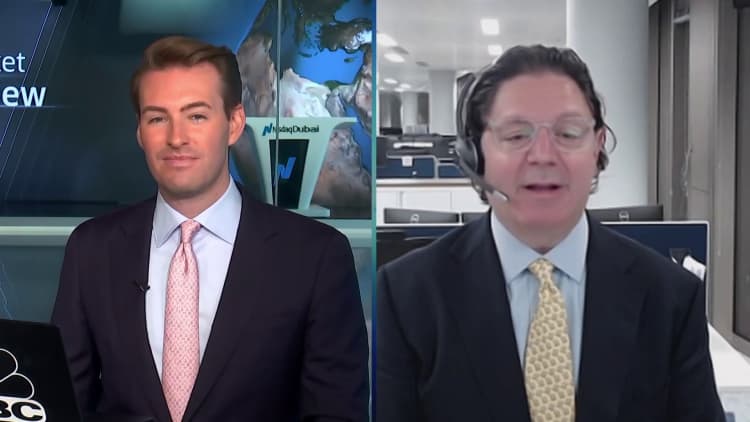Suriyapong Thongsawang | Moment | Getty Images
Why health insurance inflation is hard to measure
Health insurance prices are a tricky thing for economists to quantify.
The BLS doesn’t measure direct consumer costs such as monthly premiums. That’s because those premiums don’t buy the same quality of insurance. Benefits and risk factors vary from policy to policy, for example.
“Price change between health plans of varying quality cannot be compared, and any quality adjustment methods to facilitate price comparison would be difficult and subjective,” according to a BLS fact sheet.
Instead, the agency measures health insurance inflation indirectly based partly on health insurers’ profits. Profit margins serve as a proxy of consumer prices.
The BLS updates those calculations once a year in October.
It appears that health insurance prices measured in the CPI “will start rebounding” again, said Andrew Hunter, deputy chief U.S. economist at Capital Economics.
Health insurance prices have been declining roughly 3% to 4% a month since October 2022, helping to pull down inflation at a time when other metrics proved stubbornly high.
Now, for a year starting in October, the CPI for health insurance will start rising just over 1% month over month, said Mark Zandi, chief economist at Moody’s Analytics.
How health insurance profits affect inflation
Early in the Covid-19 pandemic, health insurers’ profits jumped. Consumers were still paying premiums but were generally disallowed from visiting doctors or hospitals for elective procedures.
But consumers used their insurance more often in 2021. Insurers’ aggregate profits shrank because they paid out more insurance benefits relative to 2020. Hence, the monthly inflation readings flipped negative.
The BLS’ updated calculation will assess insurers’ profits in 2022, which were stronger than the prior year — and that’s the dynamic that will be reflected in the forthcoming CPI update, Zandi said.
Why health insurance inflation matters
The U.S. Federal Reserve raised interest rates aggressively starting early last year to rein in persistently high inflation. Financial experts expect the central bank is near the end of that cycle, if not already there.
Annual inflation has come down significantly from its 9.1% pandemic-era peak in June 2022 — the highest since 1981 — to 3.7%. But it’s not yet back to target.
Anything that keeps inflation elevated may increase the odds the Federal Reserve raises borrowing costs again, economists said. Federal Reserve chair Jerome Powell said in August that inflation “remains too high” and that the Fed is “prepared to raise rates further.”
When assessing inflation trends, policymakers tend to prefer a gauge that strips out food and energy prices, which can be volatile. This measure is known as “core” inflation.
Getting back to target would require consistent core CPI readings of about 0.2% a month, economists said.
The health insurance index has been subtracting about 3 basis points, 0.03%, a month from the core CPI, Zandi said. In October, that will change. It will add over 1 basis point, 0.01%, to monthly core CPI, he estimated.
In the past year, health insurance has reduced core CPI more than 0.2 percentage points. It will increase it by less than 0.1 percentage point in the coming year, Zandi said.
“It’s small in the grand scheme of things,” he said. “But when you’re fighting for every basis point on inflation, it matters.”
Credit: Source link




